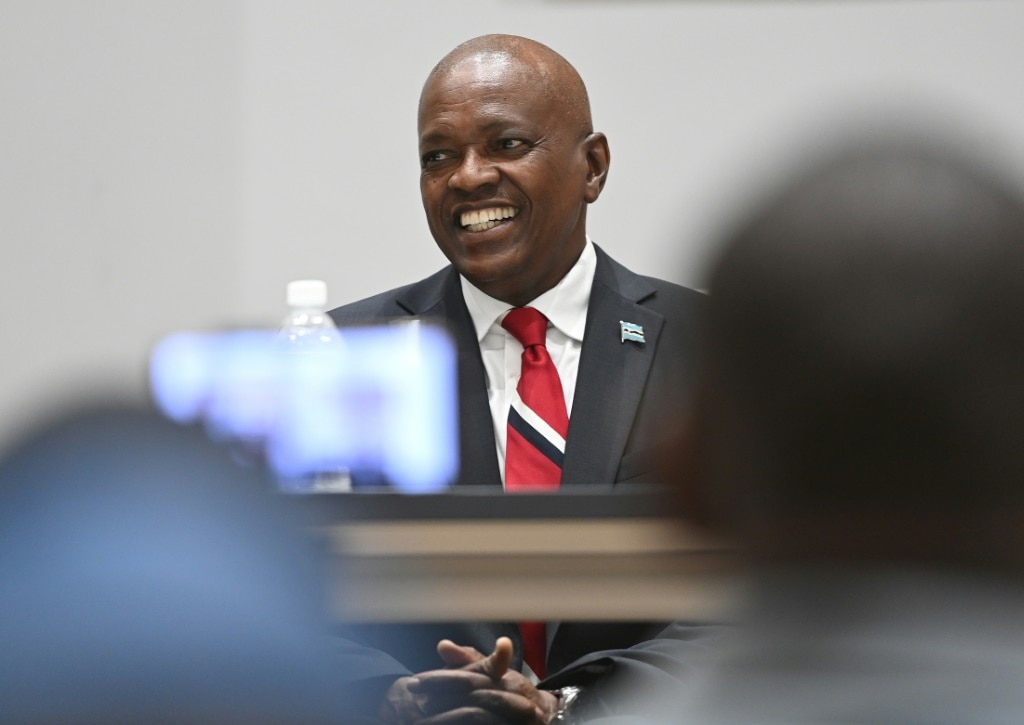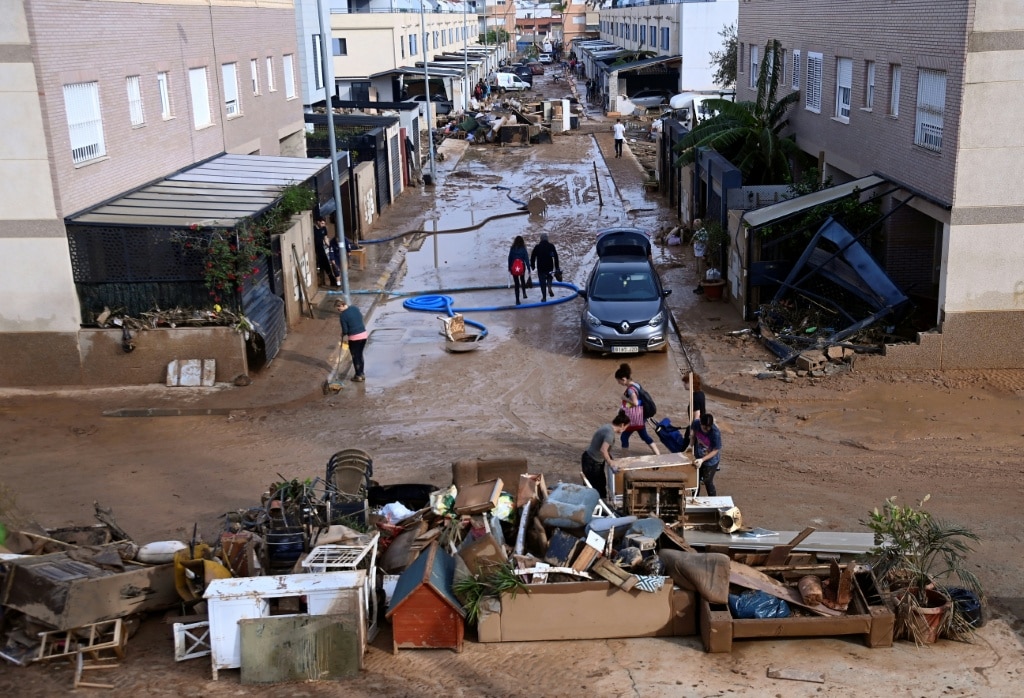Atomic power probe shows experts divided on nuclear energy
A probe into atomic power is revealing a deep divide among experts, let alone members of Opposition Leader Peter Dutton’s own party.
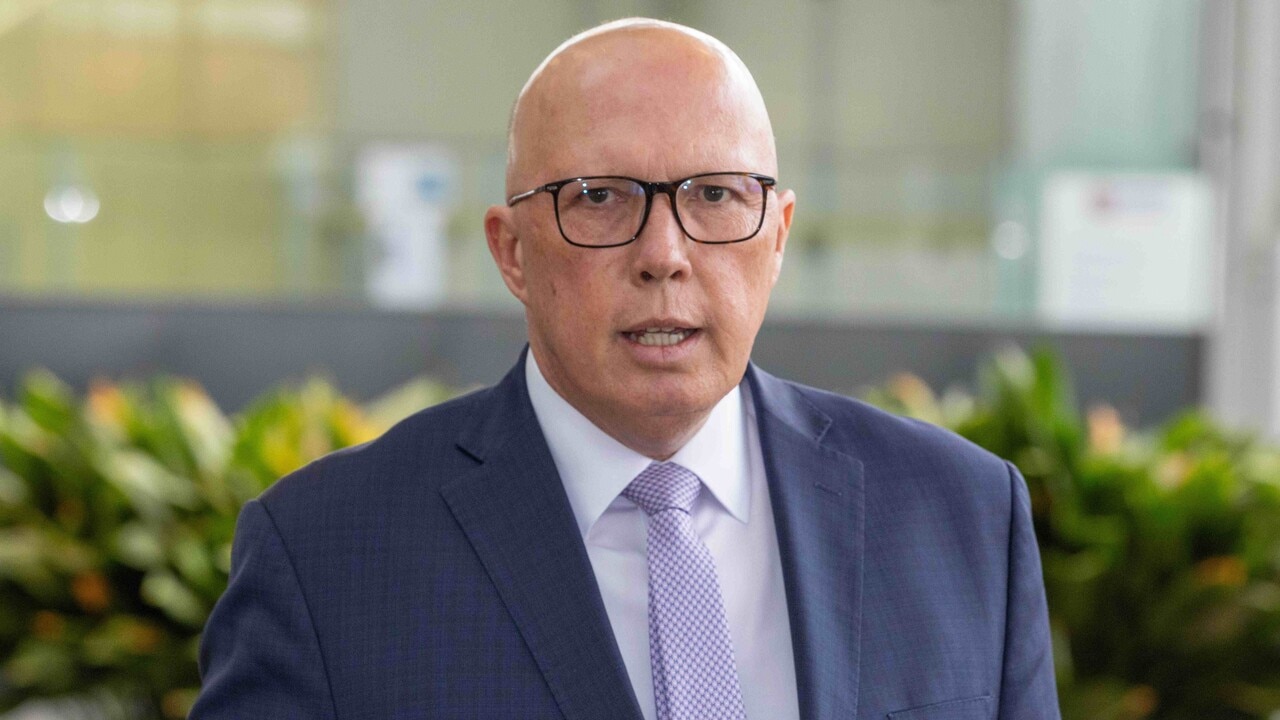
Breaking News
Don't miss out on the headlines from Breaking News. Followed categories will be added to My News.
The Coaliton’s nuclear plan is both “peak anti-science” and Australia’s only chance of reaching net-zero by 2050, experts have told a committee probing the viability of atomic power in Australia.
Critics and advocates of the Coalition’s nuclear plan made their way to Parliament House on Monday for the house select committee on nuclear energy’s second public hearing.
The Smart Energy Council, which has estimated the plan’s cost as high as $600bn, said the Coalition’s push for atomic power was driven by “anti-renewable” ideology rather than science.
The peak body’s chief executive John Grimes accused Opposition Leader Peter Dutton of trying to frame the energy debate in masculinity.
“It’s all about attacking renewables and boosting fossil fuels,” Mr Grimes told the committee.
“That’s why Mr Dutton tells us that there are two types of electrons: the strong manly man electrons from coal and gas and nuclear and the tepid, insipid, weak electrons from renewable energy.
“The only problem is an electron is an electron in physics. There is no difference at all.
“This is peak anti-science, tin foil hat brigade, poppycock.”
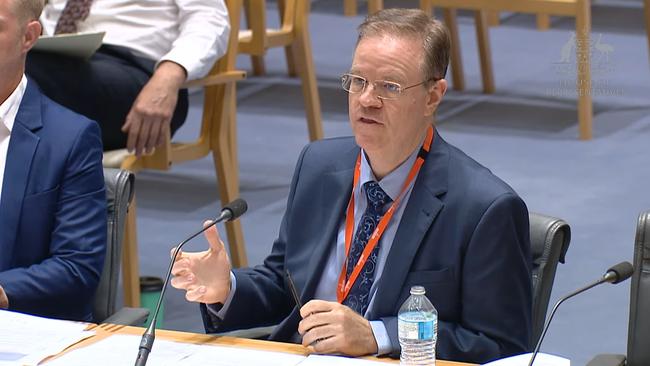
He said nuclear power was “a pinnacle of human engineering” but it was not “the answer for Australia”.
He said that it was key to decarbonisation of countries “in the extreme north or south of the globe”, but with renewables powering up to 40 per cent of Australia’s grid, changing course did not stack up.
“We’re saying that for Australia, in the Australian context … where we have the best solar and wind resources in the world, where we have so much land you can almost not give it away … renewable energy transition is the lowest cost path to getting to low power bills, a highly reliable engineering system and the right environmental outcomes in environmental outcomes that the Australian government has signed up to internationally.
“So, it is vital that renewables plus the energy storage road map not only continue but be accelerated because that is the future. That is the answer for Australia.”
But Sarah Lawley, a physicist with decades of experience in energy, said renewables were not up to the job, and Australia was facing a “choice between fossil fuel generators to underpin the system and nuclear power plants to underpin the system for their reliability”.
“Part of the reason these energy choices can seem complicated is that we’re solving for three things at the same time,” she said.
“So we’re trying to minimise the cost of electricity, ensure reliability and decarbonise with our energy choices.
“And these are all very important things … but of these three, reliability trumps the others in the sense that it’s a non-negotiable because if you don’t match all of the collective generation coming into the grid at any moment in time with all of the consumption going out of the grid at that time, you don’t have electricity.”

Dr Lawley said the main options available to Australia to underpin the grid were nuclear power plants, coal and gas-fired power plants, and hydro.
“Broadly speaking, I think what it comes down to is a choice between nuclear power and fossil fuel generation,” she said.
“And this is actually a choice that is playing out in a lot of jurisdictions internationally, the choice between fossil fuel generators to underpin the system and nuclear power plants to underpin the system for the reliability.
“On cost, my personal view is that nuclear will prove to be a good investment.
“On the topic of decarbonisation, I don’t think that we will get to net zero by 2050 without nuclear power.”
Last week, the committee heard from Australian Energy Regulator (AER) chair Clare Savage, who said “nuclear may well have a role to play” in meeting Australia’s energy needs, but it would take a long time.
Ms Savage said the red tape associated with getting nuclear off the ground could take “eight to 10 years for a regulatory framework”.
Works to build the nuclear reactors would not be able to start until that framework was in place, she said.
Build times can vary, but recent projects overseas put it at a little north of 10 years.
Ms Savage’s comments cast serious doubt on the Coalition’s claim that it could have small modular reactors up and running by 2035 or larger reactors by 2037.
One thing most experts agree on, whether they be independent or part of government agencies, is that Australia’s fleet of coal-fired power plants only have about a decade of operational life left.
DUTTON ‘RESPECTS’ ANTI-NUCLEAR LNP PREMIER
Mr Dutton said he would continue to convince “sensible premiers” on the Coalition nuclear plan, with newly installed Queensland Liberal National Party premier David Crisafulli committing to his anti-nuclear push.
Speaking on Monday, Mr Dutton appeared unfazed by the divide between the state and federal Coalition, with the election pledge to build seven reactors by 2050, including the first two to come online between 2035-37.
Mr Dutton said he “respected” Mr Crisafulli’s position.
“It’s been longstanding, and I knew it before the election, and I know it now. It’s the same with (South Australian premier) Peter Malinauskas and (NSW Premier) Chris Minns,” he said.
“But I think you can have a conversation with sensible premiers, and I put the three of them in that category.”

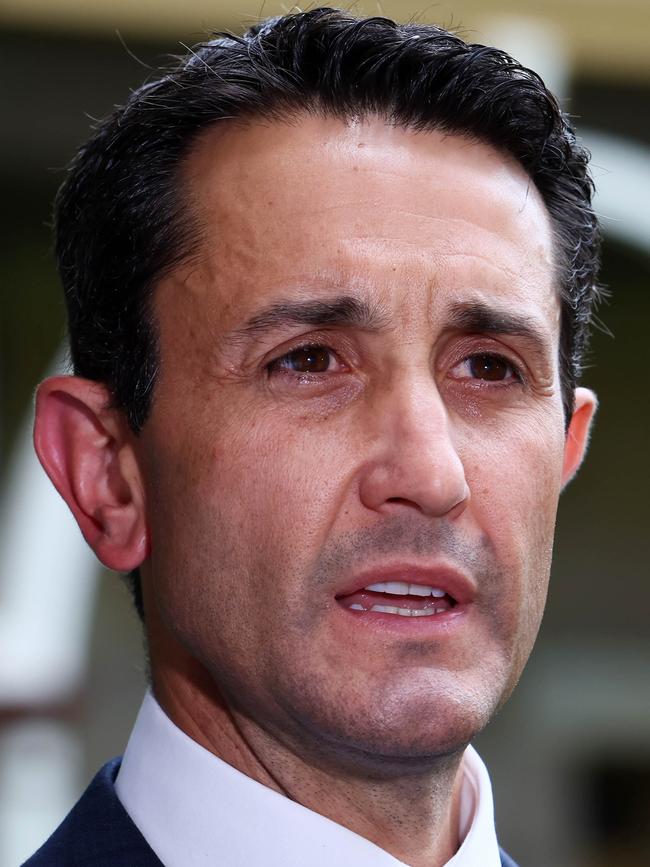
Mr Dutton noted Mr Malinauskas’ “championing” of the AUKUS nuclear submarine technology, adding that federal Labor members previously were against the Defence policy before changing their position.
“I think the question that we really need to ask ourselves now is why is Anthony Albanese standing in the way of a bipartisan position on nuclear energy, which would be zero emissions, it would provide stability of electricity, and it would also make us internationally competitive,” he said.
He added the Prime Minister’s stance on nuclear was “just political” and was “putting our economy at risk”.
Originally published as Atomic power probe shows experts divided on nuclear energy



